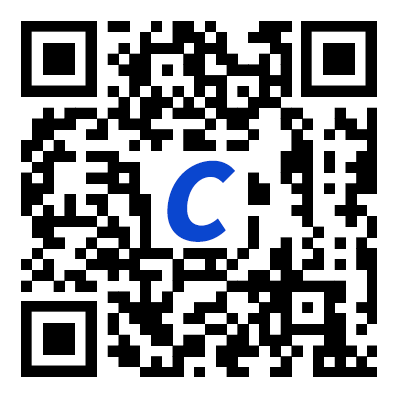The Basics of Molded Case Circuit Breaker (MCCB)
2023-10-18
Certainly! Here are the basics of a Molded Case Circuit Breaker (MCCB):
1. Structure and Housing:
- MCCBs have a molded plastic or insulating material case that houses the internal components.
- The case provides insulation, protection against electrical shock, and resistance to environmental factors.
- MCCBs are designed to be compact and robust, capable of withstanding high electrical currents and fault conditions.
2. Tripping Mechanism:
- MCCBs have a tripping mechanism that detects and responds to overcurrent conditions in the electrical circuit.
- The tripping mechanism consists of a trip unit, which is responsible for sensing the abnormal current levels and initiating the tripping action.
3. Trip Units:
- MCCBs have different types of trip units based on their functionalities:
- Thermal Trip Unit: It responds to overloads and long-duration overcurrents. It consists of a bimetallic strip that deforms when exposed to excessive heat, causing the circuit breaker to trip.
- Magnetic Trip Unit: It responds to short circuits and high-current faults. It uses electromagnetic induction to sense sudden increases in current and triggers the tripping action.
- Electronic Trip Unit: Some advanced MCCBs feature electronic trip units that provide additional functionality, such as adjustable trip settings, precise current monitoring, and communication capabilities.
4. Adjustable Settings:
- Many MCCBs offer adjustable trip settings, allowing customization of the overcurrent protection to suit specific application requirements.
- These adjustable settings include the thermal and magnetic trip settings, such as current rating, time delays, and sensitivity levels.
5. Breaking Capacity:
- MCCBs have a high breaking capacity, which refers to their ability to interrupt fault currents safely.
- The breaking capacity of an MCCB is specified in terms of short-circuit current ratings (SCCR) and is an important consideration to ensure the MCCB can handle the fault currents in the electrical system.
6. Operation:
- When an overcurrent condition occurs, such as a short circuit or overload, the trip unit detects the abnormal current.
- Upon detection, the trip unit sends a signal to the operating mechanism of the MCCB, causing the circuit breaker contacts to open.
- Opening the contacts interrupts the electrical circuit, cutting off the flow of current and providing protection to the circuit and connected devices.
7. Installation and Maintenance:
- MCCBs are designed for easy installation in electrical distribution panels, switchgear, and control panels.
- They typically feature standardized mounting options, such as DIN rail or bolt-on connections.
- Regular maintenance and periodic testing of MCCBs are necessary to ensure their proper functioning and reliability.
These are the fundamental aspects of a Molded Case Circuit Breaker (MCCB). It's important to consult the manufacturer's documentation and specifications for detailed information about a specific MCCB model, as the exact features and functionalities may vary.


